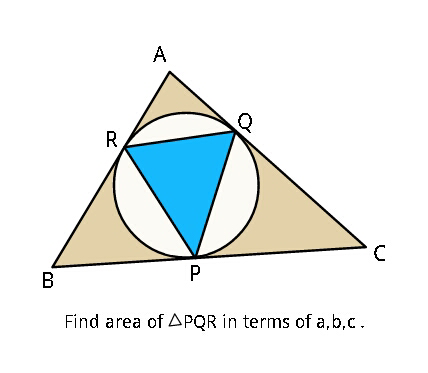
AllQuestion and Answers: Page 1845
Question Number 25771 Answers: 1 Comments: 0
Question Number 25770 Answers: 1 Comments: 0

Question Number 25769 Answers: 0 Comments: 0
Question Number 25767 Answers: 1 Comments: 0

Question Number 25765 Answers: 0 Comments: 0
Question Number 25763 Answers: 1 Comments: 0
Question Number 25762 Answers: 0 Comments: 0
Question Number 25745 Answers: 1 Comments: 0
Question Number 25741 Answers: 1 Comments: 1
Question Number 25744 Answers: 1 Comments: 0
Question Number 25712 Answers: 1 Comments: 1

Question Number 25709 Answers: 0 Comments: 1
Question Number 25706 Answers: 0 Comments: 0

Question Number 25728 Answers: 1 Comments: 3

Question Number 25726 Answers: 0 Comments: 1
Question Number 25702 Answers: 1 Comments: 1

Question Number 25700 Answers: 0 Comments: 1

Question Number 25689 Answers: 0 Comments: 0

Question Number 25684 Answers: 1 Comments: 0
Question Number 25683 Answers: 0 Comments: 0
Question Number 25682 Answers: 1 Comments: 0
Question Number 25680 Answers: 0 Comments: 0
Question Number 25677 Answers: 0 Comments: 0
Question Number 25676 Answers: 0 Comments: 0
Question Number 25675 Answers: 1 Comments: 1

Question Number 25667 Answers: 0 Comments: 2
Pg 1840 Pg 1841 Pg 1842 Pg 1843 Pg 1844 Pg 1845 Pg 1846 Pg 1847 Pg 1848 Pg 1849
